Stephen Morina’s job entails many long days of physical labor, but he’s used smart training strategies to raise his FTP and stay motivated. His approach can serve as an example for any athlete with demanding schedule.


Stephen Morina’s job entails many long days of physical labor, but he’s used smart training strategies to raise his FTP and stay motivated. His approach can serve as an example for any athlete with demanding schedule.
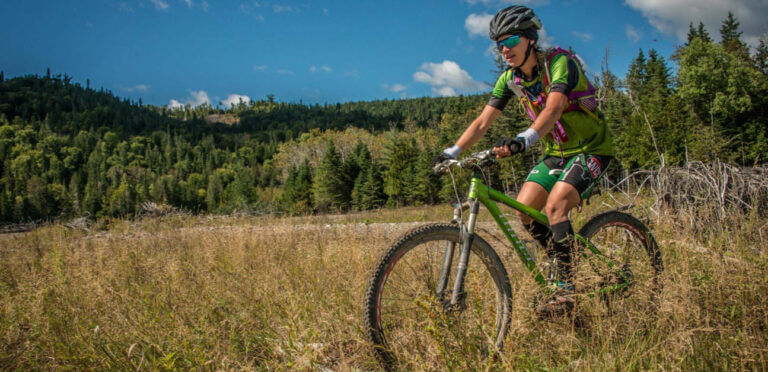
It’s tough enough to succeed at one sport. But Jessica Kuepfer takes things further, achieving podiums in multiple disciplines of cycling and running. Best of all, she continues to have fun along the way, thanks to a healthy perspective and thoughtful prioritization.
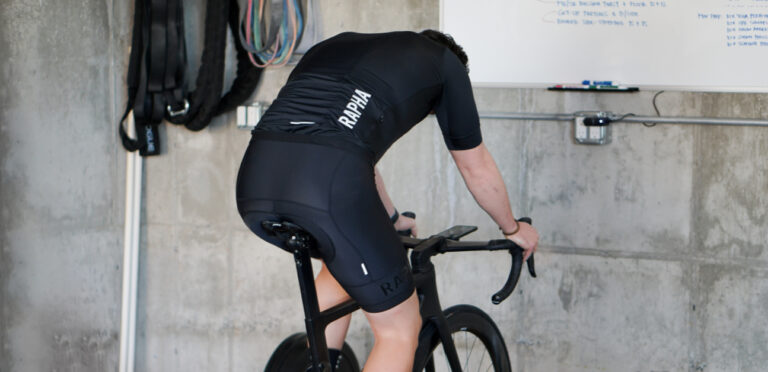
It might seem logical that more training makes you faster, but big volume and intensity can sometimes do more harm than good. The minimum effective dose of training strikes a healthy balance, ensuring consistent improvement over the long term.
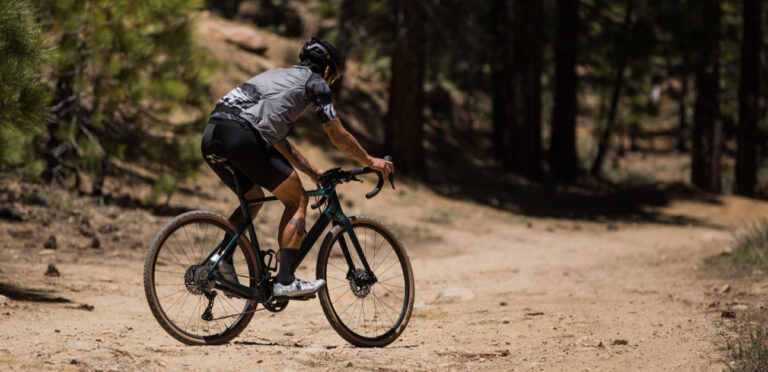
How to get faster without a power meter, what a low heart rate actually means, a practical guide to Sweetspot training and more in Episode 284 of the Ask a Cycling Coach Podcast!
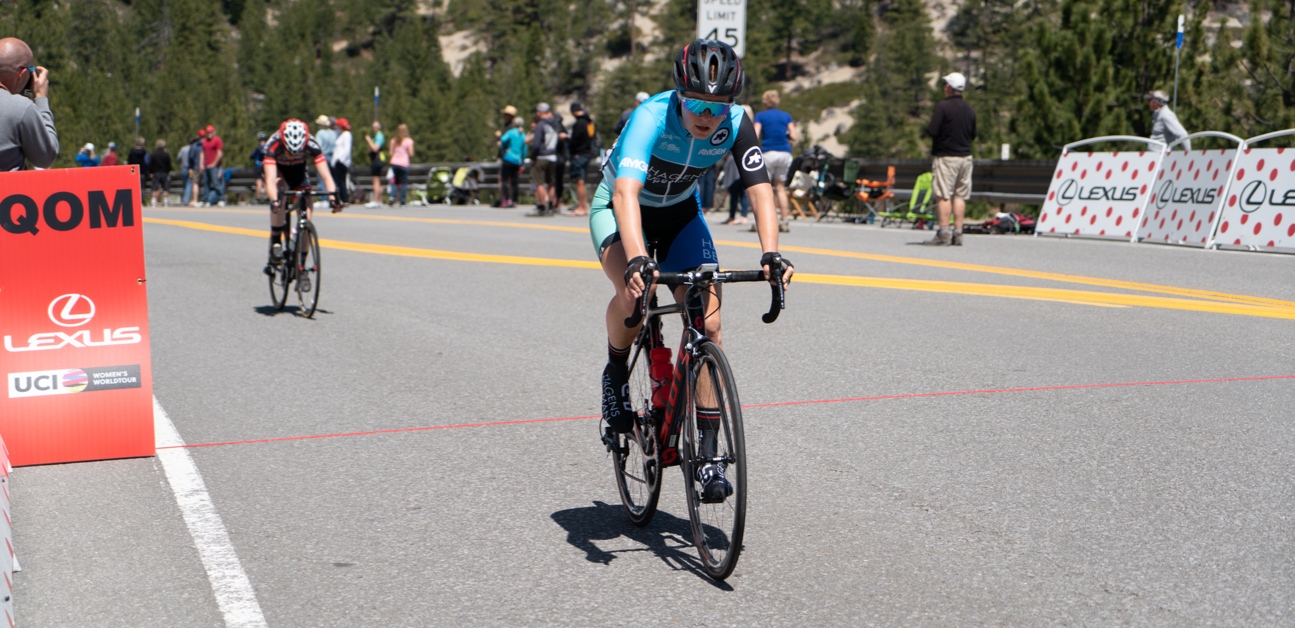
Building your fitness to improve your watts/kilo, how to prepare for rides that finish with steep climbs, how to train for team time trials and more in Episode 278 of The Ask a Cycling Coach Podcast. More show notes and discussion in the TrainerRoad Forum. Topics covered in this episode Building your fitness to improve…
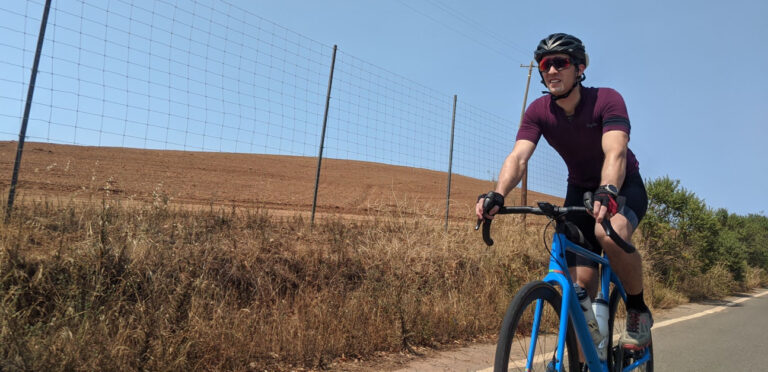
Jon Kaslow started cycling on a whim, but this busy rider used TrainerRoad’s low-volume plans to dramatically improve his FTP. His strategies are a great example for any time-crunched athlete.
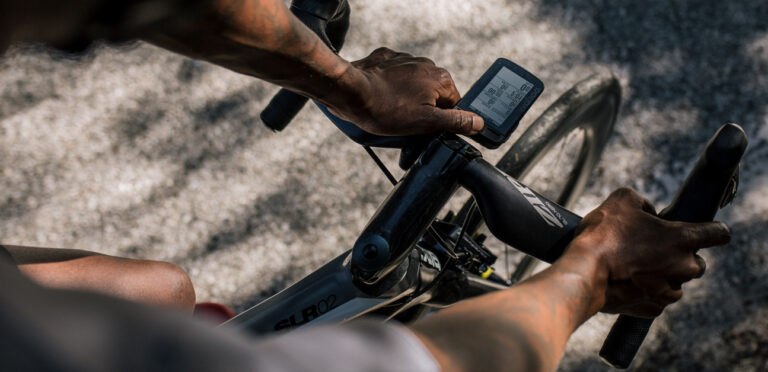
Events are cancelled, and athletes are wondering whether to continue their training plans or restart base. With consistency, this season can have long term benefits either way.
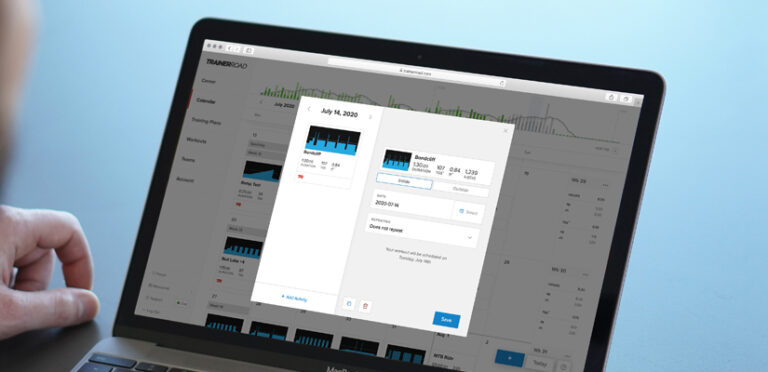
Sweet spot training is one of the most effective and efficient ways to train. However, there are times when you can take a break from the intensity and reap the benefits of a long endurance ride. You can address your aerobic base, experiment with nutrition, and prepare for your event by substituting an endurance ride in place of a sweet spot workout.
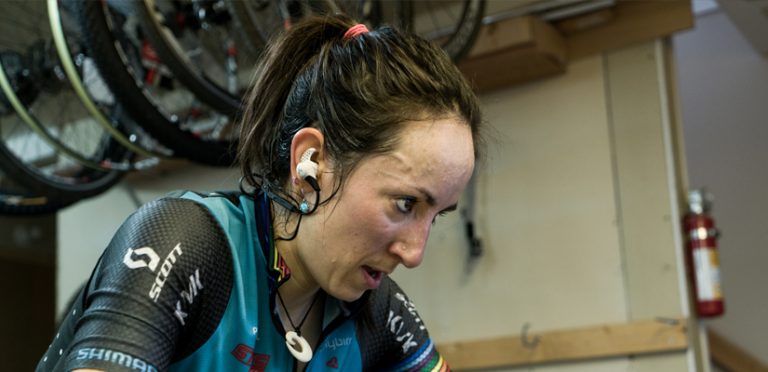
Use breathing to your advantage. You can improve performance, mental stamina, and focus with respiratory muscle training and active breathing techniques.
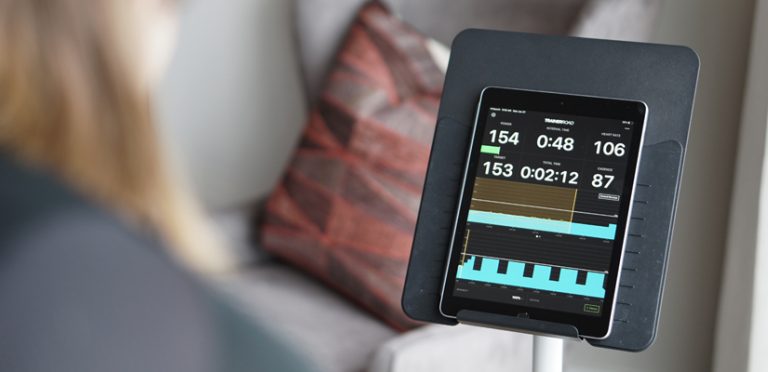
For many cyclists, short, high-intensity efforts are fairly comfortable and cause little fatigue. These riders may be tempted to train only with short intervals, even if their goal events require more sustained power. For reasons both physiological and psychological, this isn’t the most beneficial path.